BioCon™ ERS for PFAS Treatment
REQUEST PRODUCT DESIGN
Biosolids Design Proposal Form
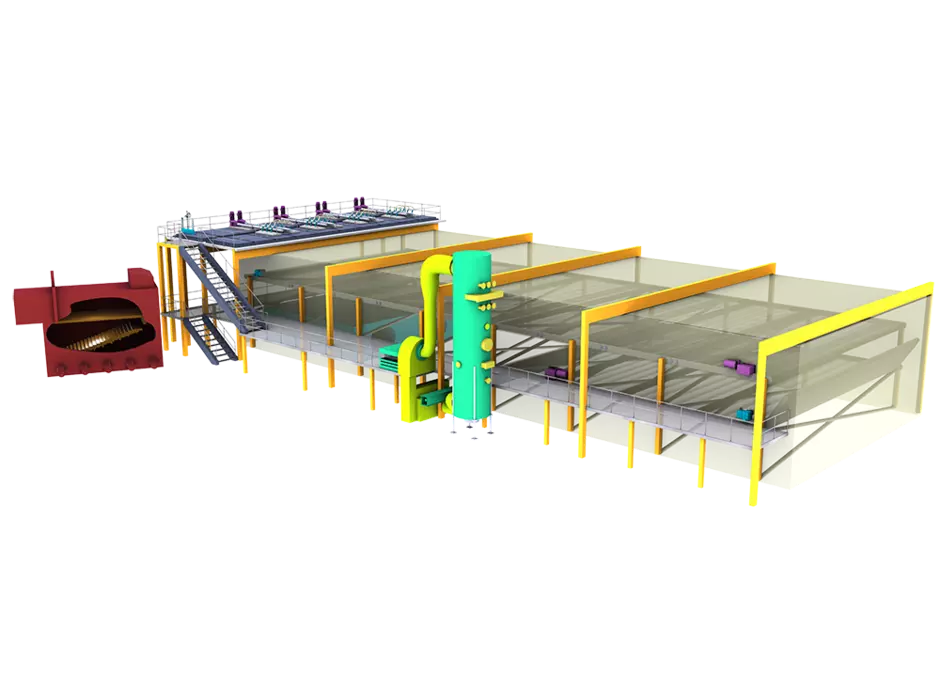
Combustion is emerging as a leading candidate for the treatment of PFAS. BioCon™ ERS (Energy Recovery System) combines the benefits of thermal drying with thermal oxidation to safely and economically reduce waste volume as well as oxidize contaminants including many PFAS compounds.
BioCon™ ERS combusts sludge between 1,400°F and 2,100°F .
BIOSOLIDS TREATMENT FOR PFAS
PFAS (Perfluoroalkyl and Polyfluoroalkyl Substances) are a class of anthropogenic chemicals containing fluorinated carbons that are extremely resistant to degradation.
BioCon™ ERS operates at temperatures known to treat many PFAS compounds through drying and incineration.
Biosolids/Bioenergy
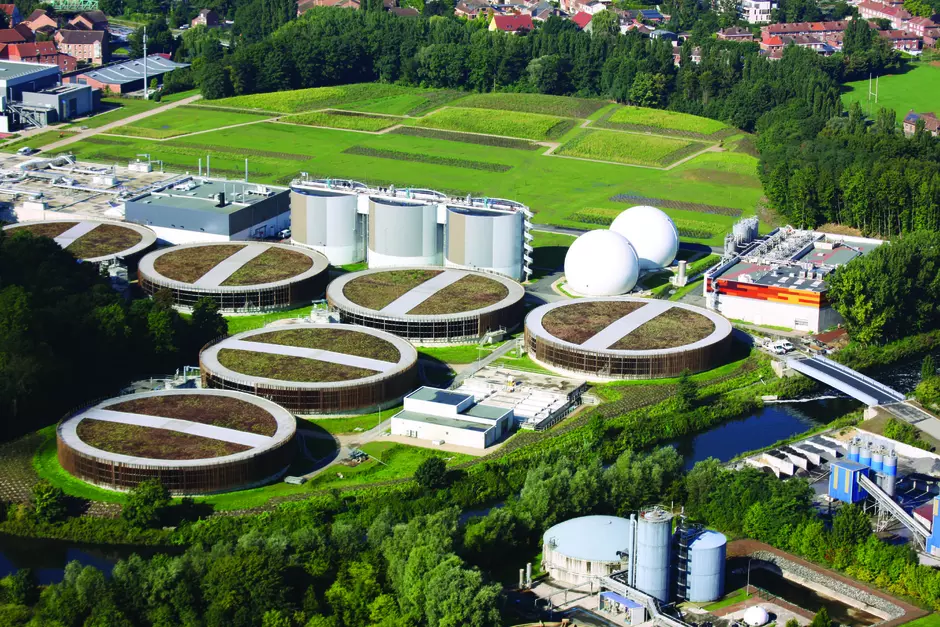
Veolia's biosolids treatment technologies focus on performance enhancement, renewable energy, beneficial reuse, and treatment of PFAS compounds.
We are committed to providing innovative solutions with proven value-added performance, offering a comprehensive solution for every part of the biosolids process in order to be flexible to individual needs or to outfit the entire process.
PFAS TREATMENT
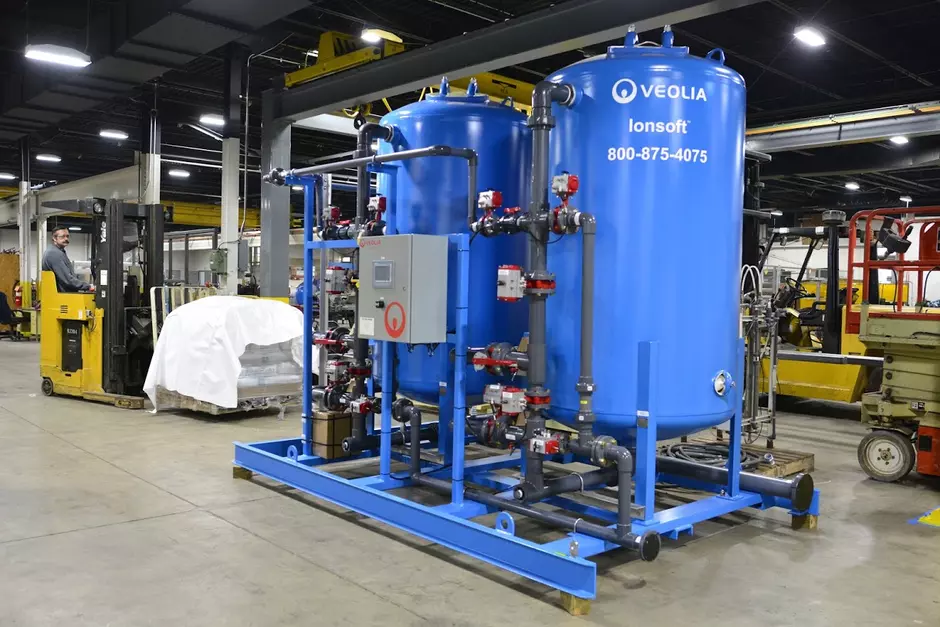
PFAS (Perfluoroalkyl and Polyfluoroalkyl Substances) are a class of anthropogenic chemicals containing fluorinated carbons with a charged functional group (usually carboxylic acid or sulfonic acid) that is extremely resistant to degradation. Veolia offers a range of customized solutions based on individual water source demands addressing both PFOS and PFOA.
Videos
MEET OUR TEAM
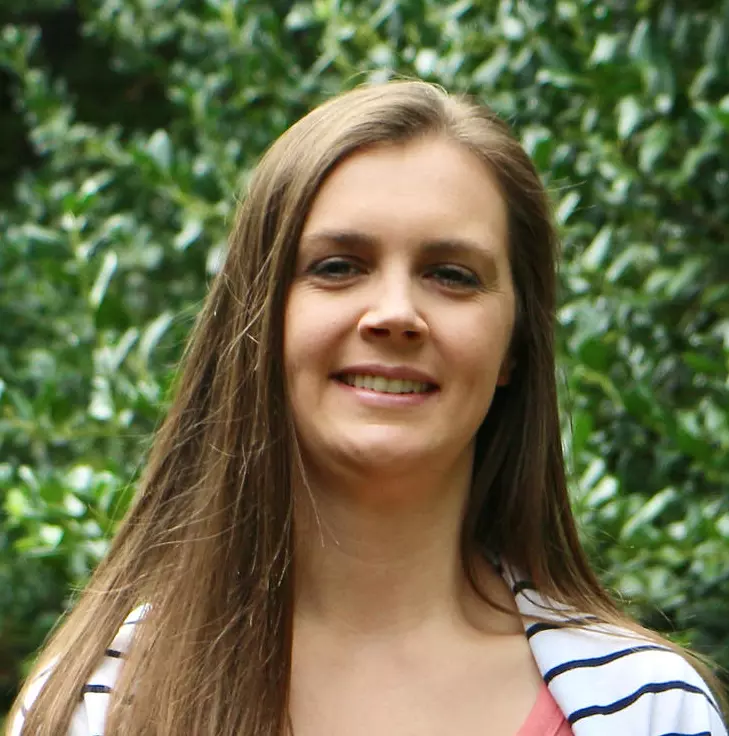
Victoria Bates
Regional Sales Manager - Northeast (US)
Biological & Biosolids
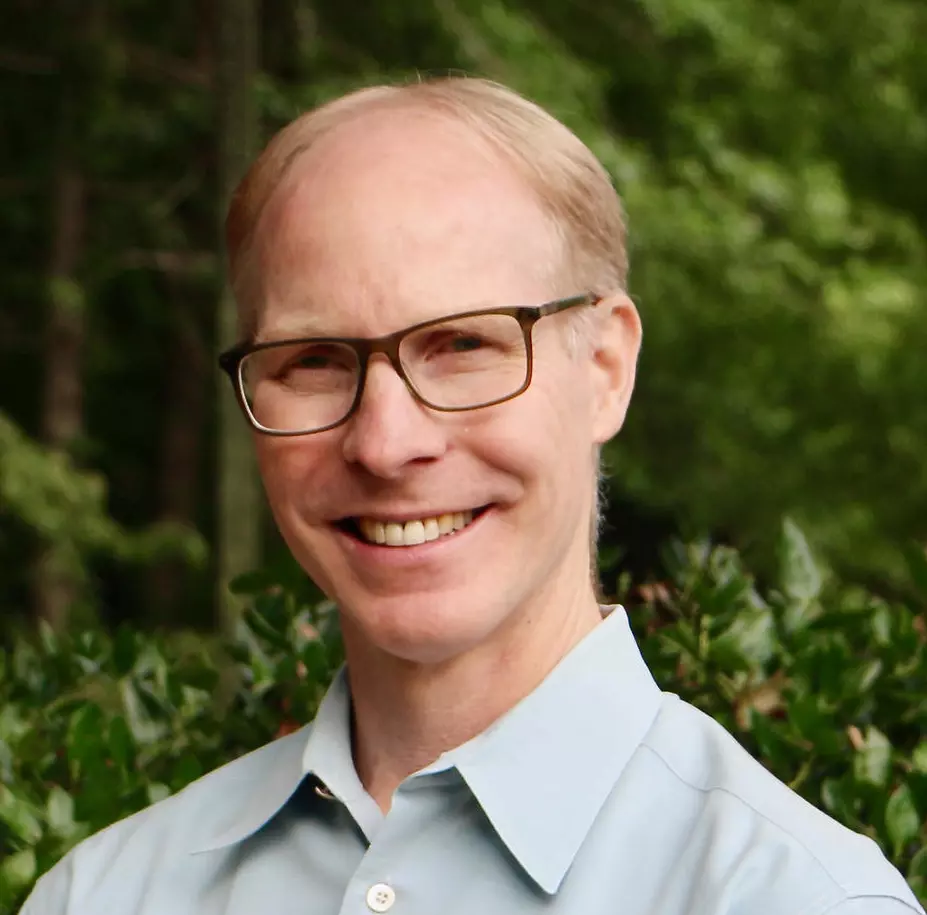
Daniel Hurt
Regional Sales Manager - Southeast (US)
Biological & Biosolids
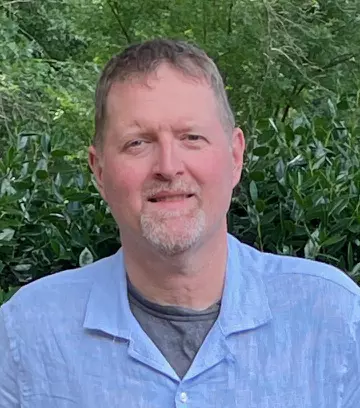
Tim Brekke
Regional Sales Manager - Central (US)
Biological & Biosolids
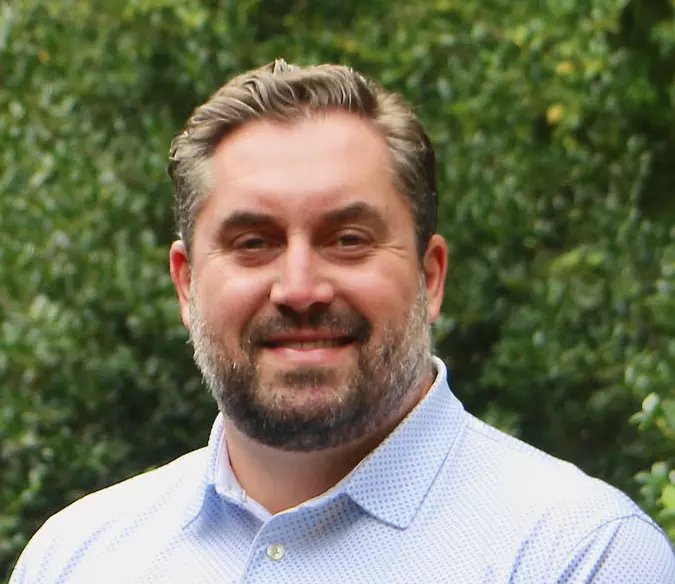
Rodrigo Lara
Regional Sales Manager - West (US)
Biological & Biosolids

Marc Lariviere
VP of Business Development - (Canada)
Municipal Solutions
The information contained in this statement is based on the Veolia group's understanding and know-how of the scientific and technical fields discussed herein as of the time of publication. Statements that may be interpreted as predictive of future outcomes or performance should not be considered guarantees of such, but rather reasoned assessments of the possible evolution of the technologies described.
As this document is based on the state of the Veolia group's scientific, technical, and regulatory knowledge at the time of its publication, the completeness and accuracy of the information contained herein cannot be guaranteed.
Descriptions contained herein apply exclusively to those examples and/or to the general situations specifically referenced, and in no event should be considered to apply to specific scenarios without prior review and validation.


